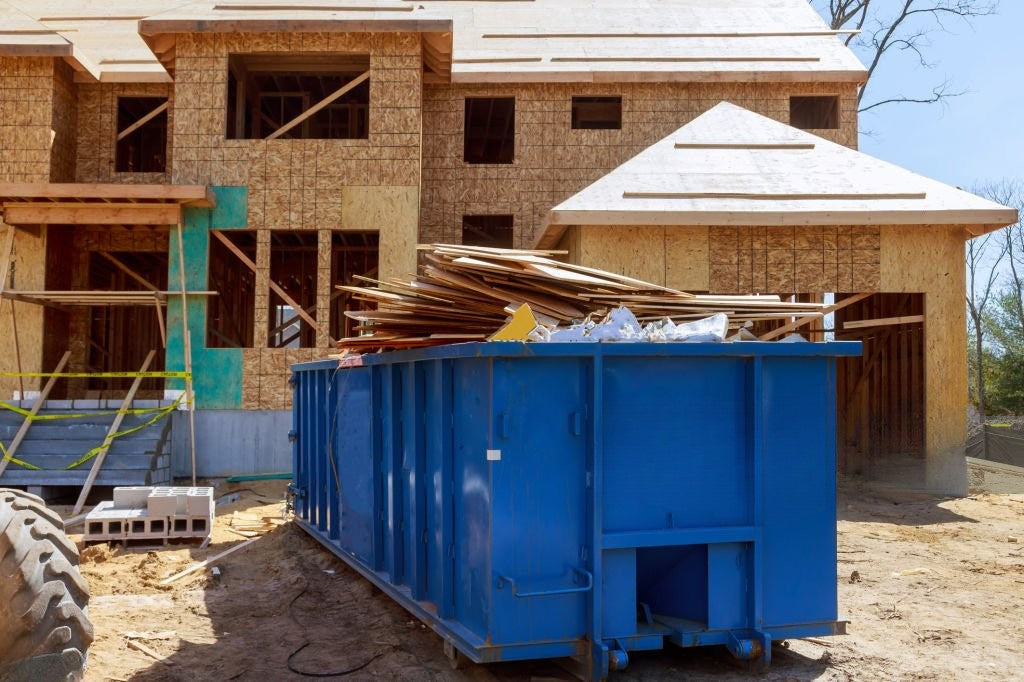Living by the river is a dream for many, but the extra moisture, wind and flood risk mean your windows do far more than frame a pretty view. The right glazing helps keep condensation, draughts and noise under control while making your home more energy-efficient. From high-performance double glazing and moisture-resistant uPVC or composite frames to clever styles like tilt-and-turn, casement or awning windows, small design choices can make a big difference to comfort and heating bills in a riverside home. Even large sliding or fixed picture windows can be part of a low-impact home when paired with quality seals and thermally efficient glass. On Friendly Turtle EcoBlog, we love exploring these practical, planet-friendly upgrades the kind that protect your home, tread more lightly on local waterways and still let you enjoy those calming river views day after day.
Share your articles with us and get published! Reach out at hello@friendlyturtle.com.
Eco-Conscious Construction: How to Create a Low-Waste Worksite

Sustainability is no longer just a buzzword in construction - it’s becoming a necessary shift in how we build. As regulations tighten and public awareness grows, contractors and site managers are under more pressure (and encouragement) to rethink traditional site practices. However creating a low-waste worksite doesn’t mean compromising on efficiency or quality. In fact, with a bit of planning and the right partnerships, sustainable construction can be just as streamlined - if not more so - than conventional builds.
Start with Smarter Packaging Choices
A major source of site waste comes from packaging - especially single-use plastics, polystyrene, and shrink wrap. While it’s often overlooked, packaging adds up fast. Start by working with suppliers that offer minimal, recyclable, or reusable packaging. Even small changes, like requesting bulk items to reduce individual wrappers or returning pallets to suppliers, can have a huge cumulative effect over the course of a project.
You can also train site teams to separate packaging materials the moment they are unwrapped. Cardboard, clean plastics, and metal ties can be easily sorted if it’s done from the start - rather than when it’s all mixed in a skip at the end.
Designate a Clear Waste Management System
Having a recycling skip next to a general waste skip sounds obvious, but too often on busy sites, that system gets ignored. Signage fades, bins overflow, and soon everything ends up in the same pile.
A better approach is to assign a specific team member—or rotate the role—to monitor and manage recycling efforts each week. Clear signage, easy-access bins, and weekly briefings can drastically improve on-site waste separation.
For larger projects, consider inviting a local waste partner to give a short training or toolkit to the team. A 20-minute demo on how they sort and process waste post-collection can give your staff the perspective and motivation to handle materials more mindfully.
Source from Ethical and Sustainable Suppliers
Reducing environmental impact isn't just about what happens on-site - it's also about who you're buying from.
Look for suppliers with transparent sustainability policies, the use of recycled or biodegradable materials, and ethical labour practices. Some even offer take-back schemes for unused materials or recyclable tools.
A growing number of UK-based suppliers are focusing on ethical sourcing, and one worth exploring is Ready Set Supplied, which offers a range of building and site essentials with reliable delivery and a growing focus on low-waste product packaging.

Consider the Life Cycle of Your Materials
Low-waste construction is about more than what goes in the skip. Ask yourself: what happens to the materials after this job?
Can excess timber be reused on another project? Are off-cuts being stored properly for future work? Can temporary structures like fencing or scaffolding be hired instead of purchased and disposed of?
Thinking in terms of the material life cycle helps contractors make smarter decisions at the purchasing stage - reducing over-ordering and saving money in the long run.
Creating a low-waste worksite isn't just good for the environment - it makes business sense. Less waste means lower disposal costs, better public perception, and often, smoother operations. With thoughtful planning, smart supplier choices, and a clear waste strategy, any site can become a step toward a more sustainable construction industry.
0 comments
Let customers speak for us
Blog posts
Making your own ice might seem like a tiny habit, but it can quietly cut waste and carbon in a big way. When you freeze water at home in reusable trays or an efficient freezer, you skip the single-use plastic bags, transport emissions and constant industrial refrigeration that come with store-bought ice. You also control the quality of the water you freeze, which means cleaner cubes in your glass and fewer hidden additives in your drinks. With a modern, energy-efficient freezer or under-counter ice maker, the electricity you use stays local, steady and relatively low impact especially if you’re already trying to run a lower-waste kitchen. Pair that with thoughtful water use (only freezing what you need) and suddenly a very ordinary daily habit becomes part of your sustainability toolkit. On Friendly Turtle EcoBlog, we love these small, repeatable swaps the kind that fit neatly into everyday life while still nudging your home towards a lighter footprint.
Utility trailers are a surprisingly powerful ally in sustainable gardening and low-waste home care. As highlighted in this Friendly Turtle EcoBlog post, they simplify the movement of garden waste, compost, and reclaimed materials, encouraging greener routines with less effort. Whether you’re trimming hedges, tidying your shed, or tackling DIY repairs, a trailer makes the process smoother and reduces fuel use and plastic reliance. It also supports better organisation and smarter recycling. Choosing the right trailer helps avoid overconsumption while extending the life of your tools. This simple addition turns everyday tasks into eco-conscious actions and makes it easier to maintain a cleaner, greener garden all year round.



